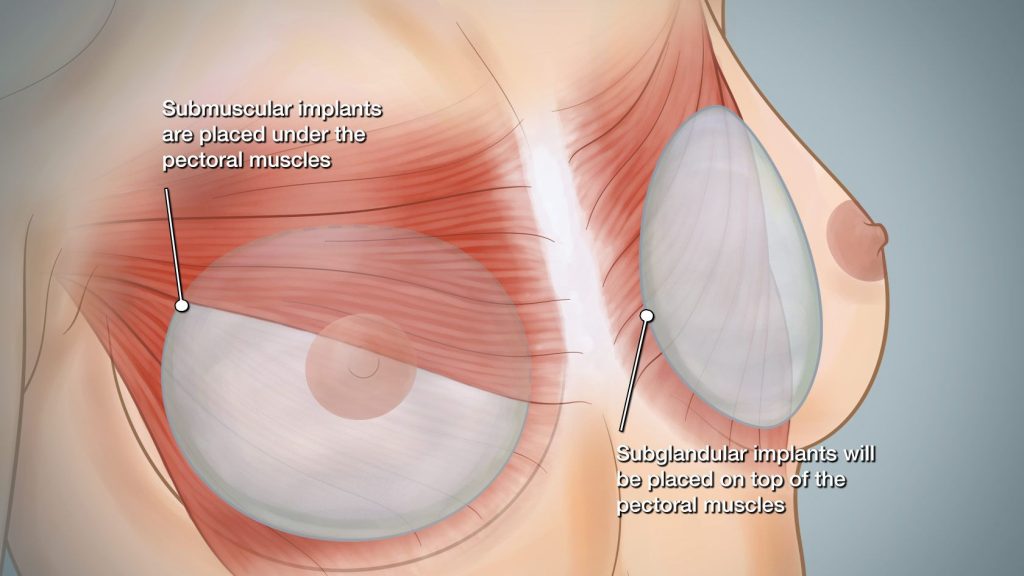The Journey of Pectoral Muscles After Breast Implant Removal: What to Expect
Breast implant removal is a decision that comes with its own set of considerations, one of which is the impact on your pectoral muscles. Understanding what happens to these muscles post-surgery is crucial for managing your recovery and setting realistic expectations. This comprehensive guide aims to shed light on the intricate relationship between breast implant removal and the health of your pectoral muscles.
Understanding Breast Implant Removal
Breast implant removal is a surgical procedure that involves taking out previously inserted breast implants. While the reasons for this surgery can vary—ranging from medical necessity to personal preference—it’s essential to understand its impact on the pectoral muscles. Breast surgeries are generally divided into three categories: augmentation, reduction, and reconstruction. Each type of surgery has its own set of implications for the pectoral muscles, but the focus here is on what happens when implants are removed.
Post-Surgery Symptoms and Recovery
After the removal of breast implants, it’s common to experience a range of symptoms. These can include swelling, pain, and discomfort in the chest area. Your surgeon will likely prescribe oral painkillers to help manage these symptoms in the initial days following the procedure. Monitoring these symptoms is crucial, as any unusual or prolonged discomfort could be a sign of complications like capsular contracture, which involves the hardening of scar tissue around the implant area.

Exercise and Physical Activity Post-Surgery
Resuming physical activity after breast implant removal is a critical aspect of the recovery process, but timing is everything. Most surgeons recommend waiting at least 4-6 weeks before engaging in any strenuous exercise. The goal is to allow the pectoral muscles enough time to heal and adapt to their new state.
Types of Exercises
When you do get the green light to exercise, start with low-impact activities like walking or swimming. As you gain strength and confidence, you can gradually incorporate more strenuous exercises like weight lifting and high-intensity cardio.
Tips for Daily Routine
The key to a successful recovery is consistency. Aim to incorporate at least 30 minutes of moderate exercise into your daily routine. Always consult your healthcare provider before making any significant changes to your exercise regimen.
pectoral muscles after breast implant removal

Managing Symptoms and Complications
While breast implant removal is generally considered a safe procedure, complications can arise. One such complication is capsular contracture, a condition where the scar tissue around the implant hardens, causing discomfort and aesthetic issues.
How to Manage Symptoms
If you experience persistent pain, swelling, or any other unusual symptoms, consult your healthcare provider immediately. They may prescribe medication or recommend additional procedures to alleviate your symptoms.
Role of Medication and Lifestyle Changes
Anti-inflammatory medication can help manage pain and swelling, while lifestyle changes like a balanced diet and regular exercise can aid in faster recovery.
Pectoral Muscle Re-Attachment and Animation Deformity
One issue that can arise post-surgery is breast animation deformity, a condition where the pectoral muscles cause the breast to move unnaturally during certain activities. This can occur if the muscles are not properly re-attached during the implant removal process.
Importance of Muscle Re-Attachment
Ensuring that the pectoral muscles are properly re-attached during surgery can prevent animation deformity and contribute to a more natural appearance post-surgery.
Case Studies and Technical Points
Several case studies have highlighted the importance of proper muscle re-attachment. Surgeons often use specific techniques to minimize the risk of animation deformity.
Conclusion
Understanding the journey of your pectoral muscles after breast implant removal is crucial for a successful recovery. From managing post-surgery symptoms to resuming exercise and dealing with potential complications, being informed can make all the difference. Always consult your healthcare provider for personalized advice and treatment options.
Frequently Asked Questions (FAQs)
1. How Long Does It Take for Pectoral Muscles to Heal After Breast Implant Removal?
Answer: The healing process can vary from person to person, but generally, it takes about 4-6 weeks for the pectoral muscles to heal sufficiently to resume normal activities.
2. Can I Exercise Right After Surgery?
Answer: It’s generally advised to wait at least 4-6 weeks before resuming strenuous exercise. Always consult your healthcare provider for personalized advice.
3. What Are the Signs of Complications?
Answer: Persistent pain, swelling, and unusual movement of the breast could be signs of complications like capsular contracture. Consult your healthcare provider if you experience these symptoms.
4. Will My Chest Look Different After Implant Removal?
Answer: Yes, the appearance of your chest will change after implant removal. The extent of the change depends on various factors like the size of the implants, the duration they were in, and your skin’s elasticity.
5. What Is Breast Animation Deformity?
Answer: Breast animation deformity is a condition where the pectoral muscles cause the breast to move unnaturally during certain activities. Proper muscle re-attachment during surgery can prevent this.
6. Can I Get New Implants After Removal?
Answer: Yes, it’s possible to get new implants after removal, but it’s crucial to consult your healthcare provider to assess your suitability for another surgery.
7. Is Breast Implant Removal Covered by Insurance?
Answer: Coverage varies by insurance provider and the reason for implant removal. It’s best to consult your insurance company for specific information..
8. How Can I Prepare for Surgery?
Answer: Preparing for surgery involves a series of pre-operative tests, consultations with your healthcare provider, and possibly making lifestyle changes like quitting smoking.
9. Are There Any Scars After Implant Removal?
Answer: Scarring is inevitable with any surgery, but skilled surgeons use techniques to minimize the visibility of scars.
10. What Are the Psychological Impacts of Implant Removal?
Answer: The psychological impacts can vary, but it’s common to experience a range of emotions from relief to sadness. Psychological counseling can help manage these feelings.




